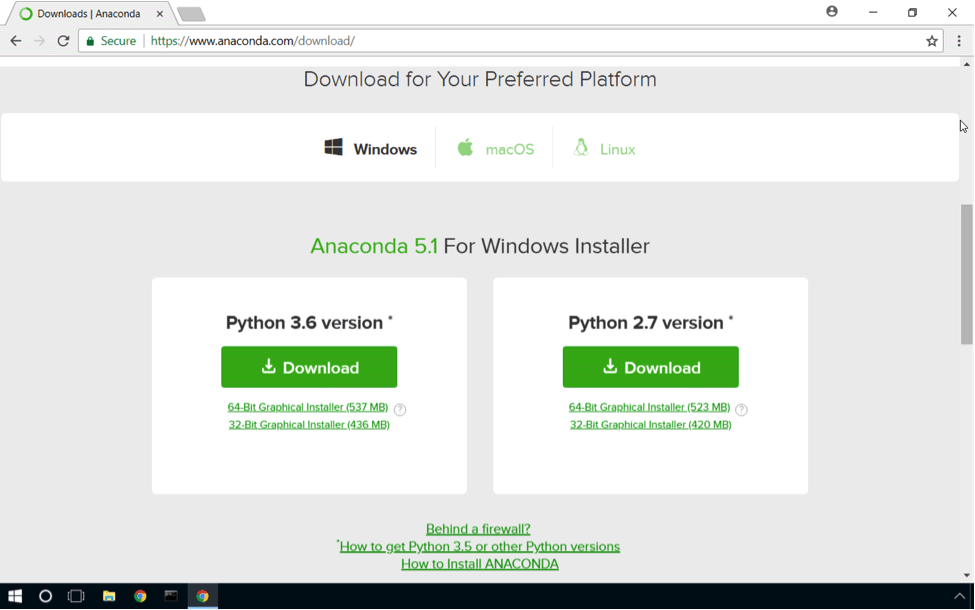

- Mlserver python jupyter notebook update#
- Mlserver python jupyter notebook code#
- Mlserver python jupyter notebook series#
There are so many ways to do the same thing! What is the difference between.
Mlserver python jupyter notebook code#
But you may prefer that the code still be tested and verified separately.
Mlserver python jupyter notebook update#
You may have a situation where allowing users to modify and update notebook code is the best way to keep code updated and to allow for flexibility for end users. This allows you to use any testing framework you like (for example, pytest, or unittest) in separate Python modules. It allows you to refer to your notebooks in pure Python code from outside a notebook. The testbook project is a different take on notebook unit testing.

Return f""ĭoctest.testmod() TestResults(failed=0, attempted=5) Unit testing with testbook """Return the url for our API call based on date."""ĭate = (date).date()Įlif not isinstance(date, datetime.date): This function has some logic that changes the URL format based on the date for the report. Maybe there’s a function that produces the proper API URL, and we want to unit test that function. Let’s say your notebook pulls some data from an API, calculates some results from it, then produces some graphs and other data summaries that it persists elsewhere. Before reviewing a few of them, let’s just setup a code example that we might encounter in a Jupyter notebook. If you end up deciding you want to leave your code inside a Jupyter notebook, there actually are some unit testing options. This article won’t cover all those frameworks in detail, but a great choice for python developers is to not test inside their Jupyter notebooks, but to use the rich assortment of testing frameworks already available for Python code, and to move code to external modules as soon as possible in the development process. That code should be tested the way you usually unit test your code, whether that be with unittest, pytest, doctest, or another unit testing framework. By this, I don’t mean don’t unit test your code, but rather extract it from the notebook into separate Python modules that you import back into your notebook.

The first option of Jupyter notebook unit testing is to just not do it at all. In this case, what are our options for unit testing notebook code? In this article I’ll cover several options for unit testing Python code in a Jupyter notebook. Then it becomes important to ensure that the code in the notebook can be tested and verified. Perhaps the code needs to be maintained and integrated with external data sources. Or, perhaps the notebook itself produces results that are useful and need to be run on a regular basis. However, in my experience what typically happens with notebooks is soon the code in the notebook moves beyond data exploration and is useful for further work. Often Jupyter notebooks with Python are used for data exploration, and so users may not choose (or need) to write unit tests for their notebook code since they typically may be looking at results for each cell as they progress through the notebook, then coming to a conclusion, and moving on. This should be especially true for production code, library code, or if you ascribe to test driven development, during the entire development process.
Mlserver python jupyter notebook series#
This post assumes that the reader has basic knowledge on both how Jupyter Notebooks and wandb sweeps work.Īs use case we will perform a time series classification task with deep neural networks using the wonderful library tsai.Most of us agree that we should write unit tests, and many of us actually do. We won't use any separate configuration or script file, everything will be done between Jupyter and wandb.

This provides a frictionless way of using your Jupyter Notebooks both for single runs and sweep functions. This post shows a trick to execute a Jupyter Notebook as the program of a wandb sweep. Furthermore, if I make some changes in the original notebook, I have to be sure that I change the sweep script too. I find this to be redundant, specially when the code for training is already in the Jupyter Notebook. However, sweeping requires that you define a specific training program, as a separate python file. Hyperpameter tuning with wandb sweeps is a great tool to solve these questions. When the experiment is finished, I always have questions such as: How will the performance be affected by the parameter a? What if I change the number of items of the dataset, or change the dataset completely? I often find myself coding a machine learning experiment in a Jupyter Notebook, and at the same time, using Weights & Biases (wandb) to visualize and track the results of the runs.


 0 kommentar(er)
0 kommentar(er)
